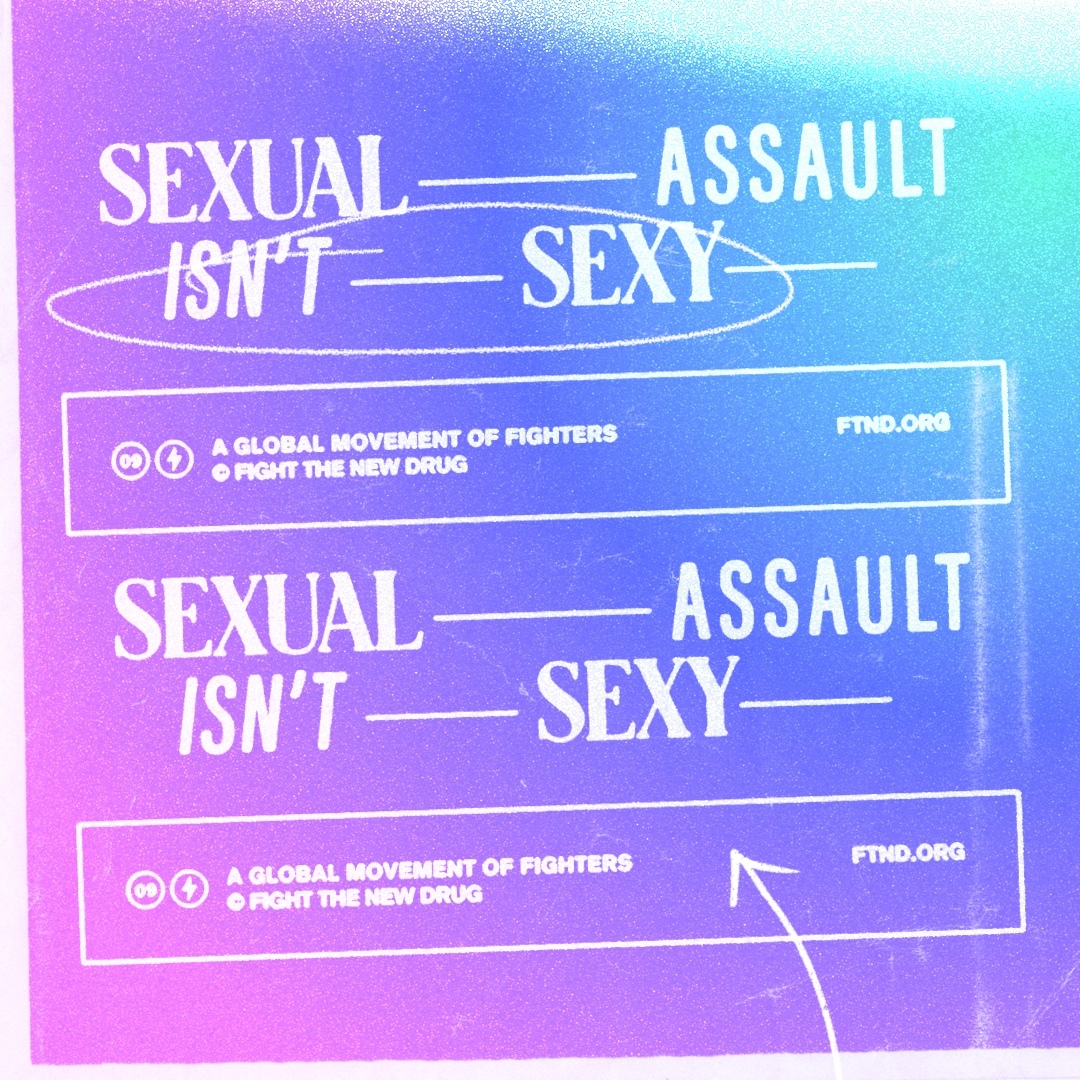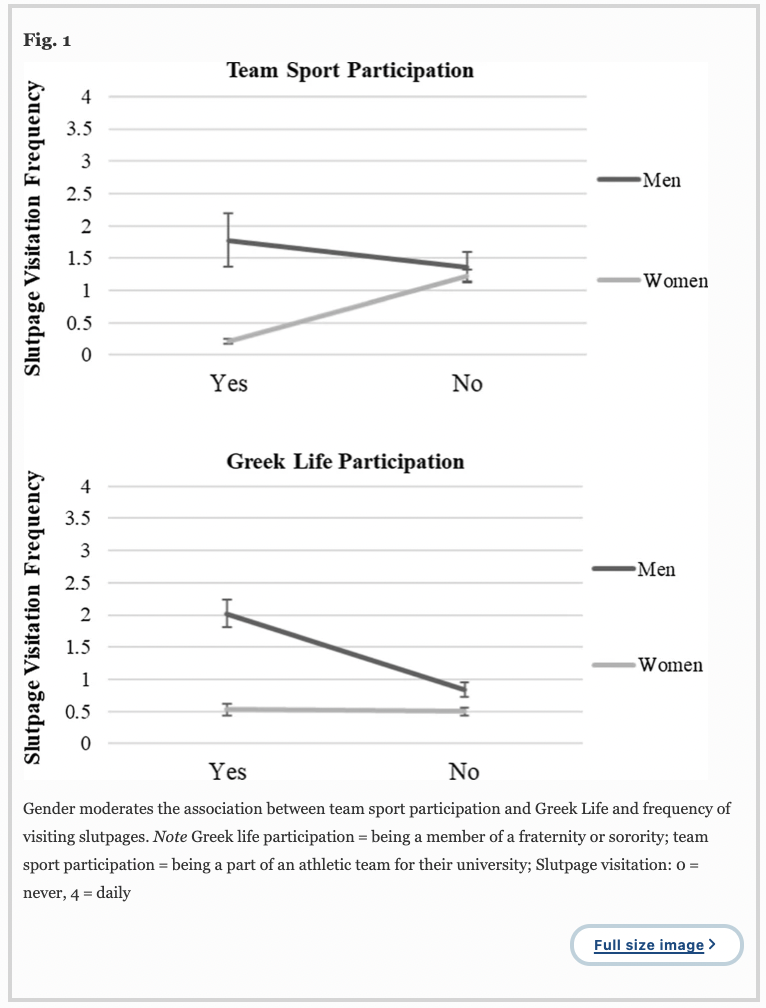Nonconsensual explicit content is not uncommon online, and it exists so pervasively partly because there’s such a demand for it.
A study with a provocative title has recently been published in the journal Archives of Sexual Behavior, one of the most important academic journals in the field of sexual science. Called “Slutpage Use Among U.S. College Students: The Secret and Social Platforms of Image-Based Sexual Abuse,” this paper presents some interesting findings regarding college students’ behaviors when it comes to their behavior on “slutpages.”
First things first
Before getting into the details of this study, there are a few terms we should review to better understand what the results show. First thing: what’s a “slutpage”?
The researchers of this study defined it as, “digitally created groups, websites, or email [lists] intended to share nude or semi-nude photos of others, usually girls and women, generally without their knowledge or consent, and with the ability for users to comment on their appearance, sexuality, and sexual experiences.”
In other words, “slutpages” are basically secret online groups where users can view and post pornographic images most often of women often without their knowledge or consent.
To put it even more simply, they’re databases for image-based abuse (IBSA).
Online image-based sexual abuse
The creation or distribution of nonconsensual, private sexual images is actually a form of IBSA, an act that seeks to publicly shame, threaten, or abuse others through the use of their sexual images.
According to a growing number of scholars, this term encompasses a range of behaviors, like the nonconsensual posting on “slutpages,” so-called “revenge porn,” sextortion, upskirting, and more. As technology has advanced, much of this now occurs on websites, social media, or email, which has led to the creation of a new classification term: online image-based sexual abuse.
There’s evidence that the impact this has on survivors is very intense. In fact, a 2016 study illustrated that those who have been victimized by IBSA suffer similar traumatic effects as those who have been sexually assaulted.
The results are in
So back to the study—what did the results have to say?
The study surveyed nearly 2,000 students at Michigan State University for three “slutpage”-related behaviors: 1. Visiting a “slutpage,” 2. Posting nude images or videos without consent, and 3. Using a vault app to share or store nude images.
Researchers also concluded the following from the study:
- Over 1 in 3 college students have visited a “slutpage.”
- Pornography use, social media use, and alcohol use are associated with more frequent “slutpage” visitation and posting of nonconsensual nude images or videos.
- For men: Being involved in team sports or Greek life has a positive association with visiting a “slutpage,” with 1 of every 2 having done so. Involvement with these groups also has a positive association with posting nudes on “slutpages,” where the percentage of men goes from less than 1 in 15 if they are not involved in team sports or Greek life, to more than 1 in 7, and 1 in 5 respectively.
- For women: Being involved in Greek life has a greater positive association with posting nude images (as less than 1% of those not involved in Greek life post versus 11% of those that are). It is also associated with visiting “slutpages” (with less than 30% visiting for those not involved in Greek life, to over 45% for those that are). Unlike for men, participating in a team sport has the opposite effect when it comes to posting nudes and visiting “slutpages”—the association is negative. In fact, zero women involved in a team sport report having posted nudes, and the percentage of women visiting “slutpages” dropped by over 55% when they were involved in team sports.
Here’s an image from the study, comparing the findings:
“Slutpages” aren’t exclusive to college campuses
Though this study analyzes “slutpage” behaviors about college students from one university, and its results aren’t necessarily representative of other age groups, this phenomenon hasn’t only been found on college campuses.
Related: Would AI-Generated Nudes Solve The Ethical Problems Of Porn Sites?
“Slutpages’” prominence in the mainstream also has to do with scandals related to their use in the Marines, as well as their use among adolescents in schools. Matching a rise in the creation and distribution of non-consensual pornography, reports among young girls, primarily, have gone up. In fact, 8,000 allegations of sexual harassment or worse have been posted on a page created in 2019 to anonymously report sexual abuse called “Everyone’s Invited,” many of them by adolescent girls.
Police are looking into the cases that entail criminal charges, noting that the accounts hint at the “erosion of an understanding of what normal sexual relationships look like,” attributing it in part to, “the volume of pornographic material that’s being consumed.”
A note on victim-blaming
Swapping nudes and explicit pics is so normalized in our culture, too many people forget about the risks of pressing “send,” not that anyone deserves to be extorted, abused, or victim-blamed as a result.
If you or someone you know has been victimized by a “slutpage,” know that it is not worth your sanity, nor is it worth your life. While having explicit personal photos distributed can be humiliating, the blame lies in the perpetrator. No one deserves to be victimized by a “slutpage.”
Related: Revenge Porn Victims Have This Big Challenge To Overcome: Search Engine Results
A first step in an uphill battle
It’s true that the trends are not exactly encouraging for those who fight against all forms of sex abuse. Yet, this study is one of the first, if not the first, to empirically investigate “slutpages.”
It’s a first step forward in investigating an increasing trend in IBSA, as it reveals several important insights. It highlights the association between “slutpage”-related behavior and male-dominated groups such as sports or fraternities. Research has shown that these types of groups are often associated with greater acceptance of concerning sexual attitudes or behaviors, a fact some researchers attribute to their propagating distorted ideas about masculinity, among them the notion of sexual entitlement.
While scholars state the need for more research to be done on this topic, what we know points to the idea that porn is creating and fueling an “on-demand” sex culture where degradation is increasingly accepted, and consent is misunderstood, forgotten, dismissed, or ignored.




